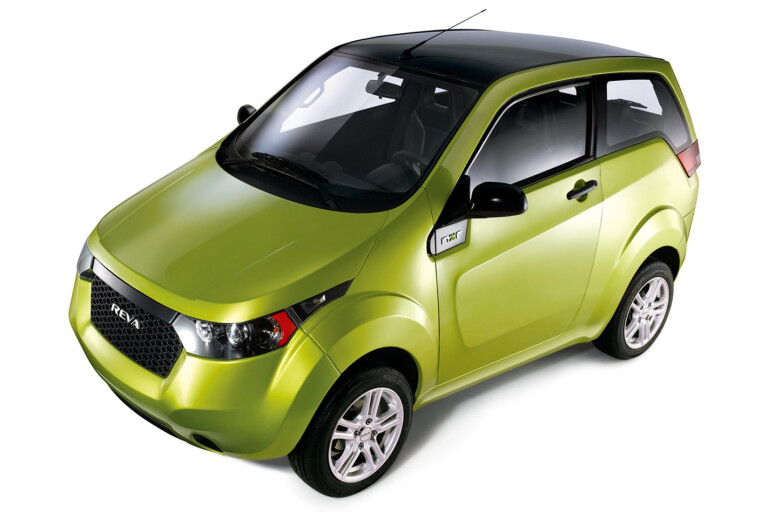
AUSTRALIA is poised to have a huge dose of alternative-fuel technology flood into the market – and it’s not one of the more costly car brands you’d expect making the charge.
Indian ute and SUV specialist Mahindra says it wants to use Australia as a proving ground for a renewed EV push worldwide, believing that if you can make a go of it in the crowded market here, it will work overseas.
Mahindra managing director Anand Mahindra told Wheels the carmaker’s electric vehicles had “huge potential” in Australia, and the sub-continental company was already sounding out the market – and seeking all the help it could get along the way.
“We’ve done some joint projects with Victoria, the government of Victoria, the universities for some development, and had some really interesting discussions with the CSIRO – and they have other technologies which could be relevant,” Mr Mahindra said.
“So I see Australia not just as a market, but also as an area where one could work together on technologies as they evolve.”
He said Mahindra was keen to test the consumer appeal of battery-fuelled vehicles in Australia because if they could sell in the tough market here, they could sell anywhere.
“It is so brutally competitive that our market people say, very correctly, that we need to be here, simply because if you want compete in the 21st century, Australia teaches you how,” Mr Mahindra said.
“You have to be super-efficient here, super-productive, you have to be cutting-edge with your technology and so on, so this is the place that will drag us into the 21st century.”
However, he said government support to help drive down the price of electric cars was vital for the carmaker’s success in Australia.
Mahindra has only the Reva, a modified city hatchback, and the e2o, a tiny four-seat battery-powered hatchback launched in 2013 and with a range limited to about 100km. In early 2104 the carmaker unveiled a two-door coupe called the Halo, which it hinted could one day be destined for right-hand-drive markets outside India.
The fibreglass-bodied Halo should travel up to 200km on a single charge, sprint from 0-100 in around eight seconds, and hit a top speed of about 160km/h.
Mahindra has flagged that it will soon add a battery-powered sedan and compact delivery van to its showrooms.
The Indian brand is so confident in the platform it created for its EVs that it now says it will offer the package to other carmakers.
Rival Indian carmaker Tata, meanwhile, is gearing up to potentially introduce its Nexon hybrid compact SUV to markets as early as next year.
Shown early last year in India as a concept, the Tata featured cutting-edge LED headlights and a hybrid system that uses an electric motor to drive the rear wheels for AWD versions – a similar set-up to the $55,000-plus Lexus NX300h hybrid.
Australia’s new-car market is one of the most diverse on the world, with more than 40 brands competing for around 1.1 million sales a year – an average of little more than 25,000 sales per brand a year.
Toyota is the top-selling brand in Australia, last year tallying more than 200,000 sales for an 18.3 percent slice of the market.

COMMENTS